Matrox
After I found out in 2017 that the scrap board has something to do with Matrox I asked them for help. But they only said that they don't know anything. Sad if a company does not know its own history...
Luckily we have the internet. And there was help: the scrap board is part of the Matrox PG-640 graphics adapter. I saw one at ebay but it doesn't show the NS32016 CPU. Now I have photos - see PG-640 at the bottom of this chapter.
Old Chapter "Scrap"
I got the PCB in Figure 1 sometimes after the year 2000. It was already broken. The CPU on the board is an NS32016D-10. The golden peripheral is an NS32C201 timing control unit (TCU), the CMOS successor of the NMOS NS32201. The PCB looks like a PC add-on board. But it has its own operating system stored in two 27512 EPROMs. Unfortunately the manufacturer can not be identified.
In March 2017 I got the idea to read out the EPROMs (quite late ...). Very often some text can be found telling the version of the software or something else. Luckily this is also true in this case: "COPYRIGHT (C) 1985 Matrox Electronics, Ltd. All rights reserved." . Then three names follow: Alain Belanger, Chris Bracken and Paul Spencer. Should it be the canadian company Matrox which is well know for their graphics cards? The company still exist so I will check it out!
Please note that this board is the only one I know which has the CPU soldered to the PCB.

Fig. 1. Which barbarian has done this?
Update: since 28 November 2014 I know the barbarian. It's D.G. . The man who gave me this piece.
QG-640
The graphics adapter PG-640 was made for PCs. But he had a brother: the QG-640 which was made for Q-Bus systems. The Q-Bus was created by Digital Equipment for the PDP11 and was later used for the MicroVAX. This systems were used widely and therefore it was a good idea of Matrox to rebuild the PG-640 for a different bus.
What does the NS32016 CPU do on a graphics adapter? It gave the system some kind of intelligence. The computer system has not to deal with low-level tasks like "set pixel" or "clear pixel". The computer sent only high-level commands to the graphics adapter, for example "draw rectangle".
The NS32016 is the heart of a small computer system having its own memory. 128 kBytes of EPROM and 128 kBytes of DRAM are available. The low-level of graphics was done by another processor, the HD63484 Advanced CRT Controller (ACRTC). Signetics was a second source for this device. The display resolution was fixed to 640 by 480 pixels with 8 bits of colour. This is VGA standard. The graphics memory was built with ten video DRAMs (VRAM) HM53461 from Hitachi. Each has 256 kbits for a total memory of 320 kBytes. VRAMs contain a shift register. This technique is completely outdated today. But in 1985 it was state-of-the-art.
The last step of the processing chain is the video DAC. Interestingly the QG-640 has two of them together with two cable connectors. Therefore the picture can be displayed on two monitors. The video DAC is an INMOS IMSG170. It translates an 8-bit input code to any of 256k colours.
There is a user manual of the QG-640 in the internet. It is easy to find with the keywords "Matrox" and "QG-640".
Thanks to Glen for the beautiful photos of his QG-640! He has made them on a flatbed scanner.
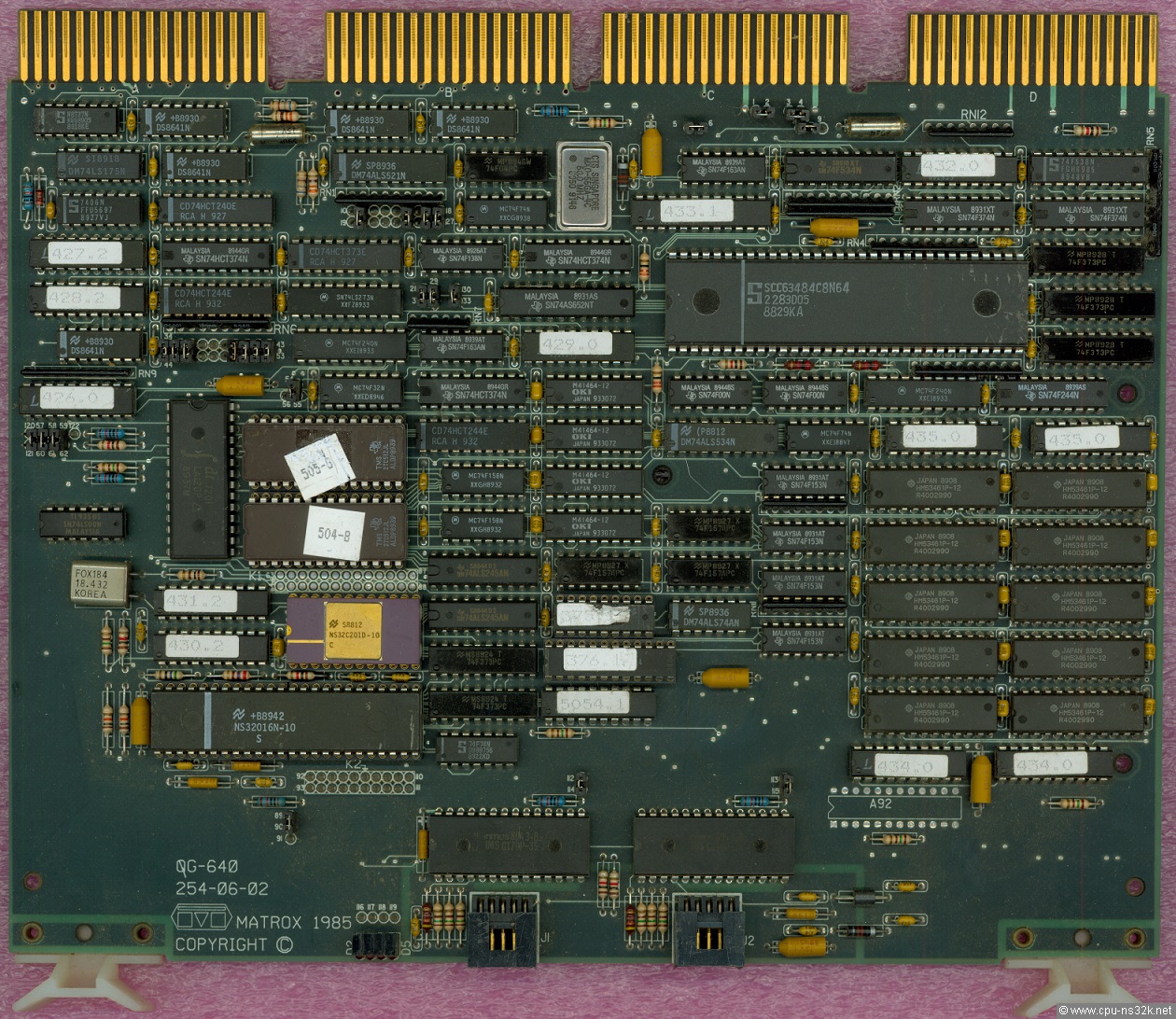
Fig. 2. The top side of the QG-640. The VRAMs are at the right edge.
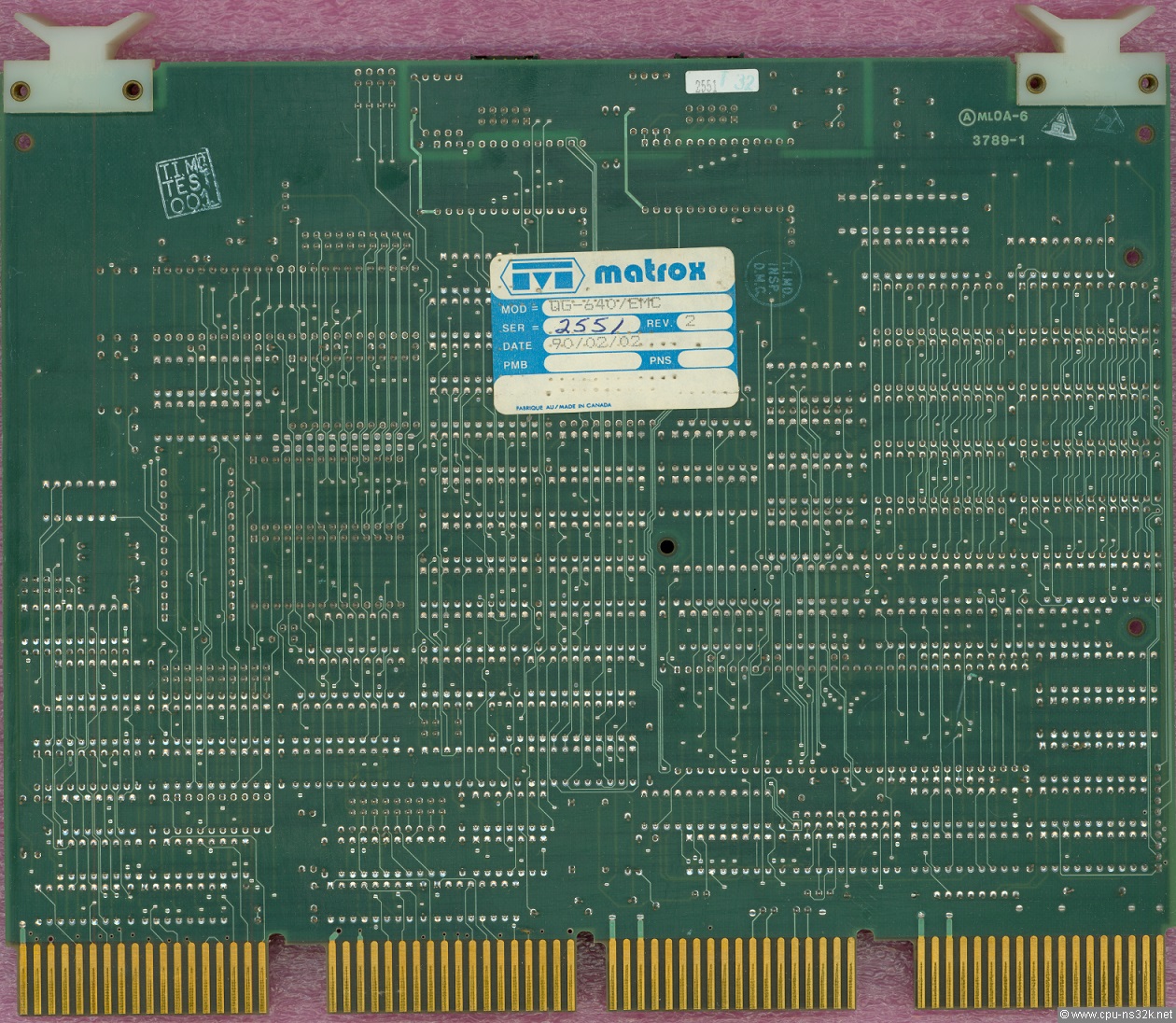
Fig. 3. The bottom side of the QG-640. I have not found any cable either on top or bottom. The Matrox engineers have done a bugfree design!
PG-640
When I first heared of the PG-640 I was believing that Matrox used the same design for the PC version. But from the devices found on the boards this is not exactly true. For example the PG-640 misses the command FIFO of the QG-640. At least I don't know which one was released first. The usage of the INMOS RAMDAC may be a hint that the PG-640 was the first design (if I remember correctly that monolithic RAMDACs were late to the market...).
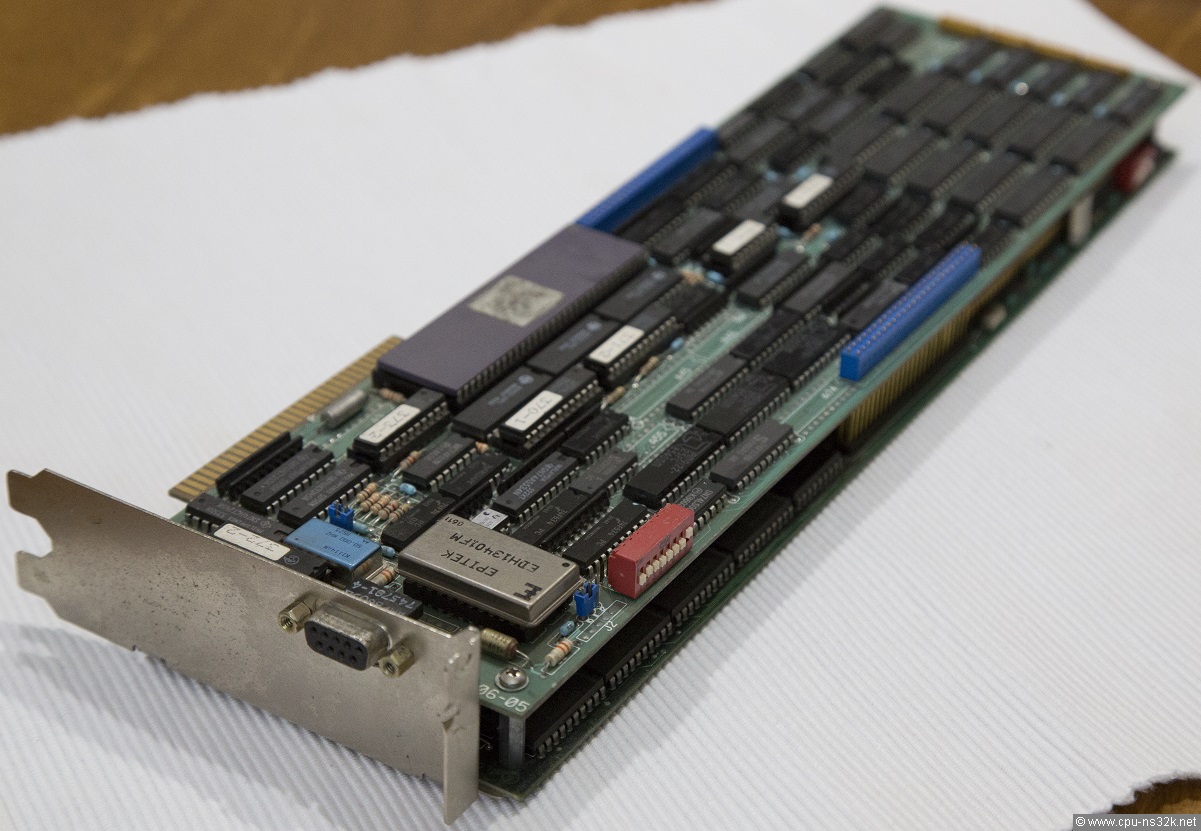
Fig. 4. Because of the many parts the PG-640 is a two board stack which uses two slots of an IBM PC. The NS32016 CPU is on the lower board.
The EPITEK EDH13401FM must be the video DAC. It looks like a hybrid design. Today nothing can be found in the internet about the device. If it is only a digital-to-analogue converter it might be that the small SRAMs near the ACRTC are used for the colour look-up table.
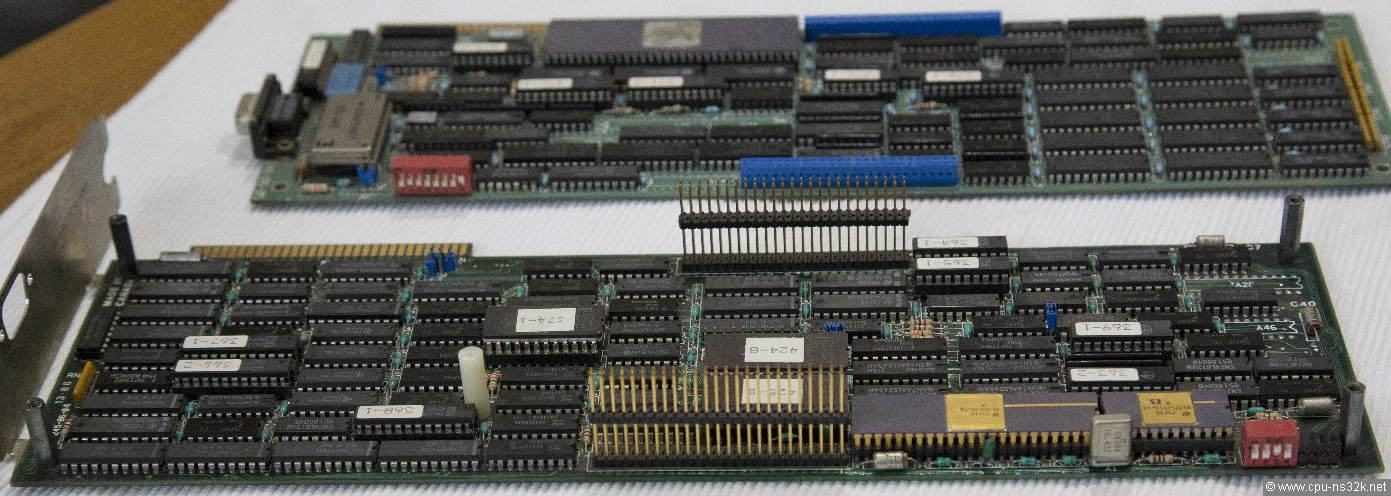
Fig. 5. The two boards of PG-640 separated.
Both boards have an ISA bus connection. For signals used between the boards two 50-pin connectors are available. The CPU board contains an additional 32-Kbit EPROM. Maybe it contains special software for the PC.
Photos of the boards with higher resolution can be downloaded here: the CPU board and the ACRTC board.
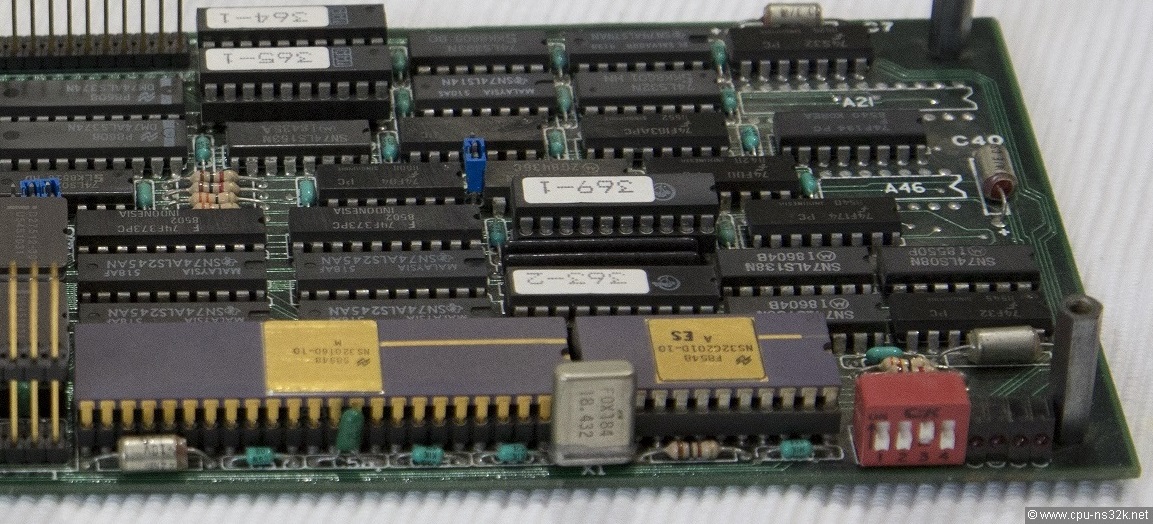
Fig. 6. A detailed view of the NS32016 CPU and NS32C201 TCU.
The TCU is the CMOS version. Its revision is "A" - the first silicon. In addition the status is a fat "ES" = engineering sample. It is unusual to find such a device on an OEM product. But maybe this device was fully functional from the start. The quartz has a frequency of 18.432 MHz which will result in a CPU frequency of only 9.216 MHz . There might be a reason for this frequency because the QG-640 uses the same frequency.
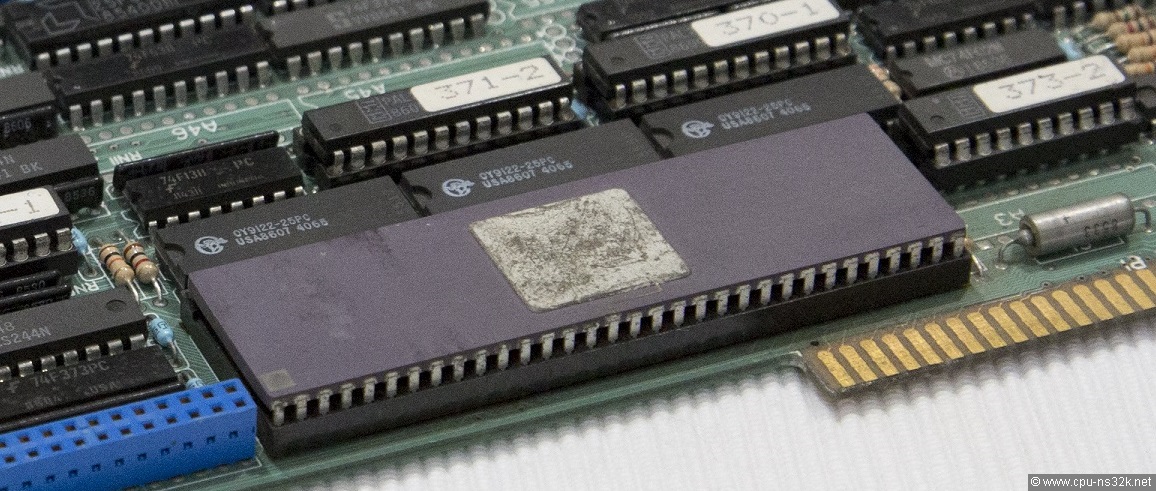
Fig. 7. What has happened to the 64-pin HD63484? The dirt eats away the marking...
There are three fast 256 by 4 bits SRAMs from Cypress (CY9122-25PC) placed very close to the ACRTC. The purpose of them is unknown (colour look-up table?) and they are not found on the QG-640.
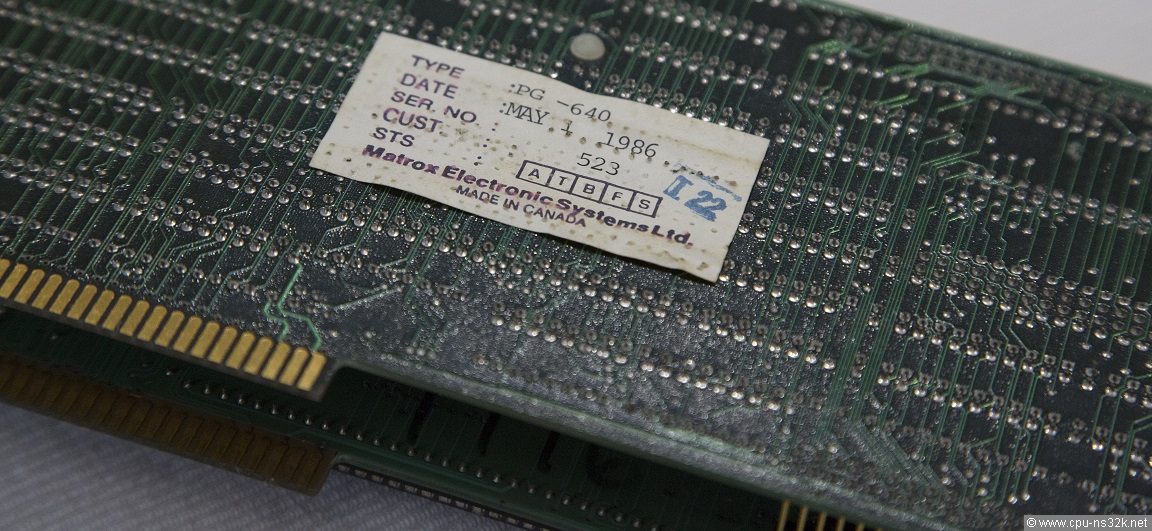
Fig. 8. This PG-640 is more then 30 years old. Hopefully it is still functional.
This chapter was last modified on 20 August 2017. Next chapter: MAYON Elektronik